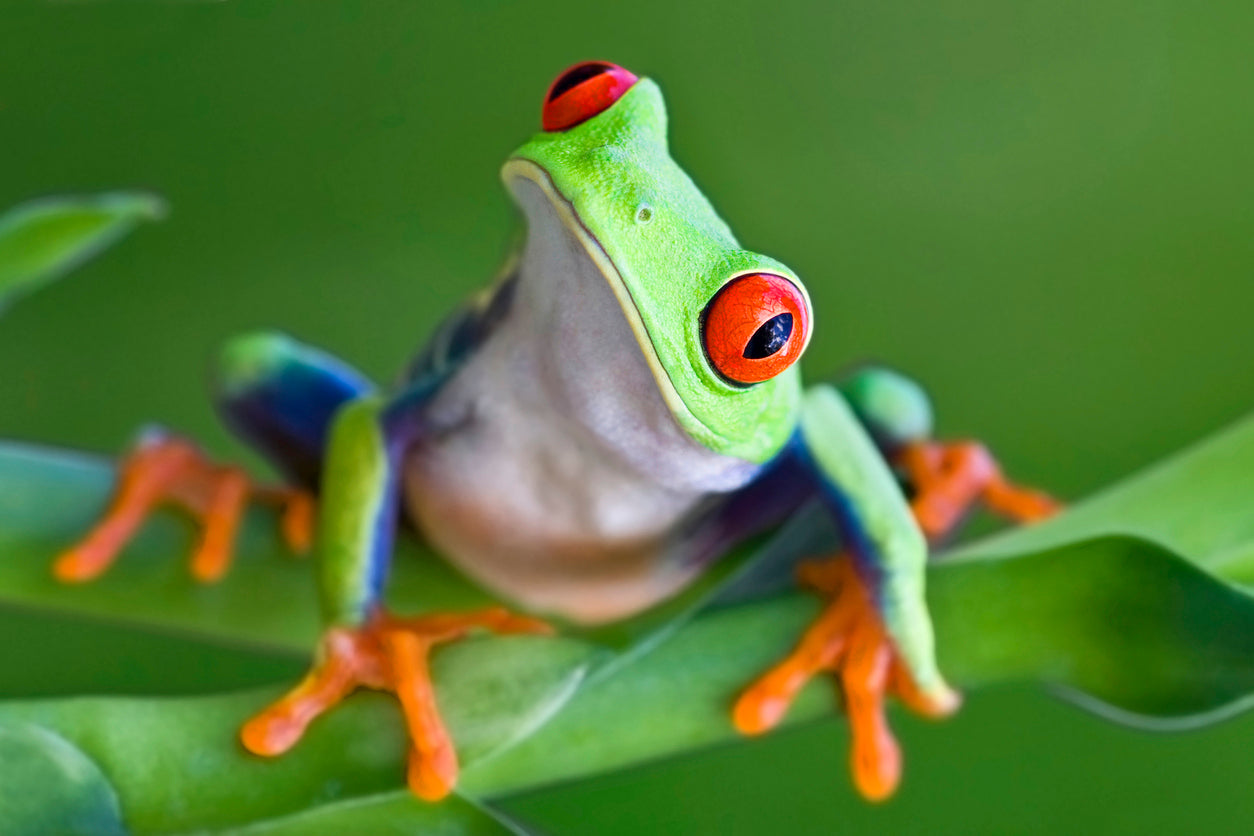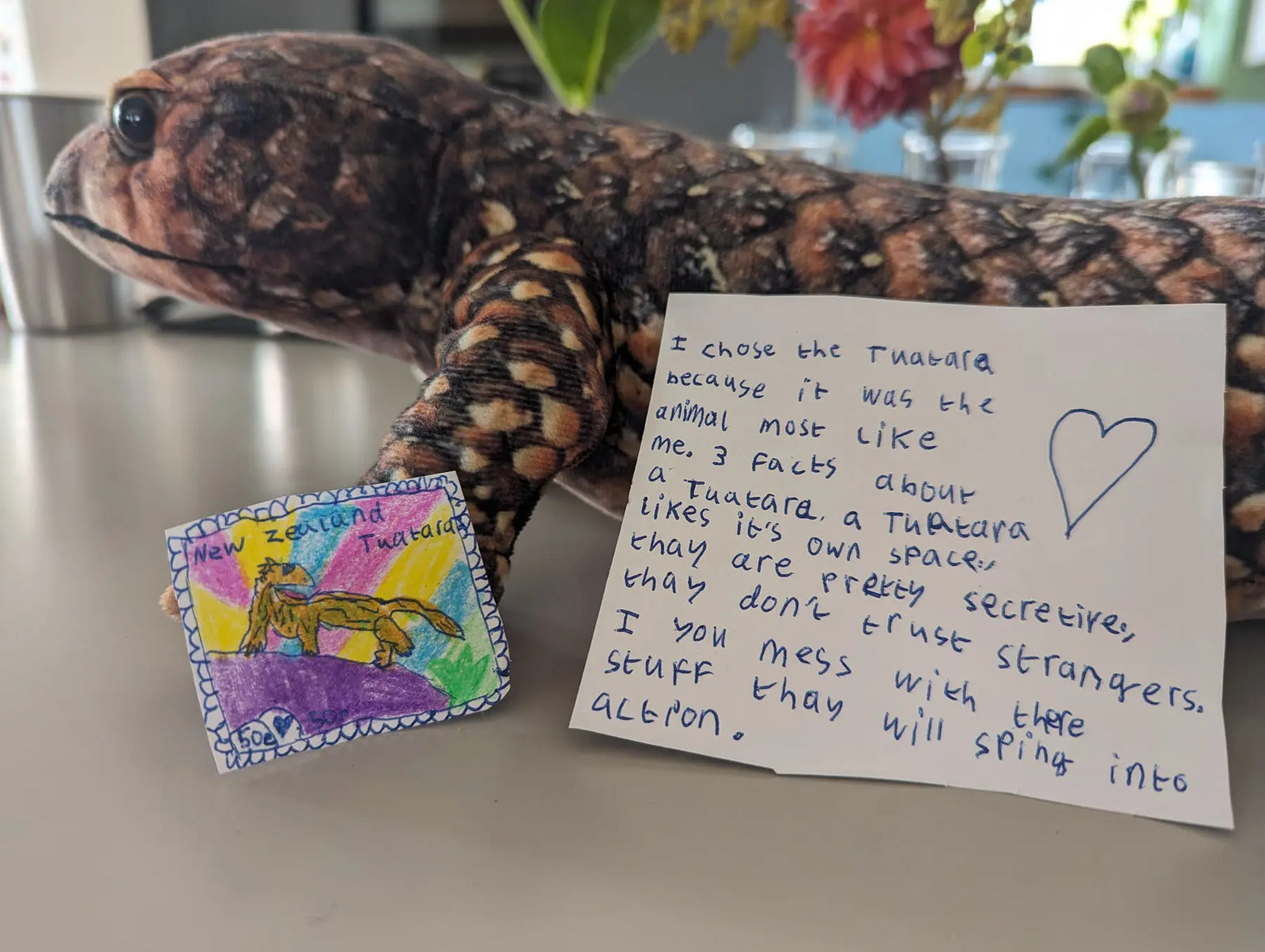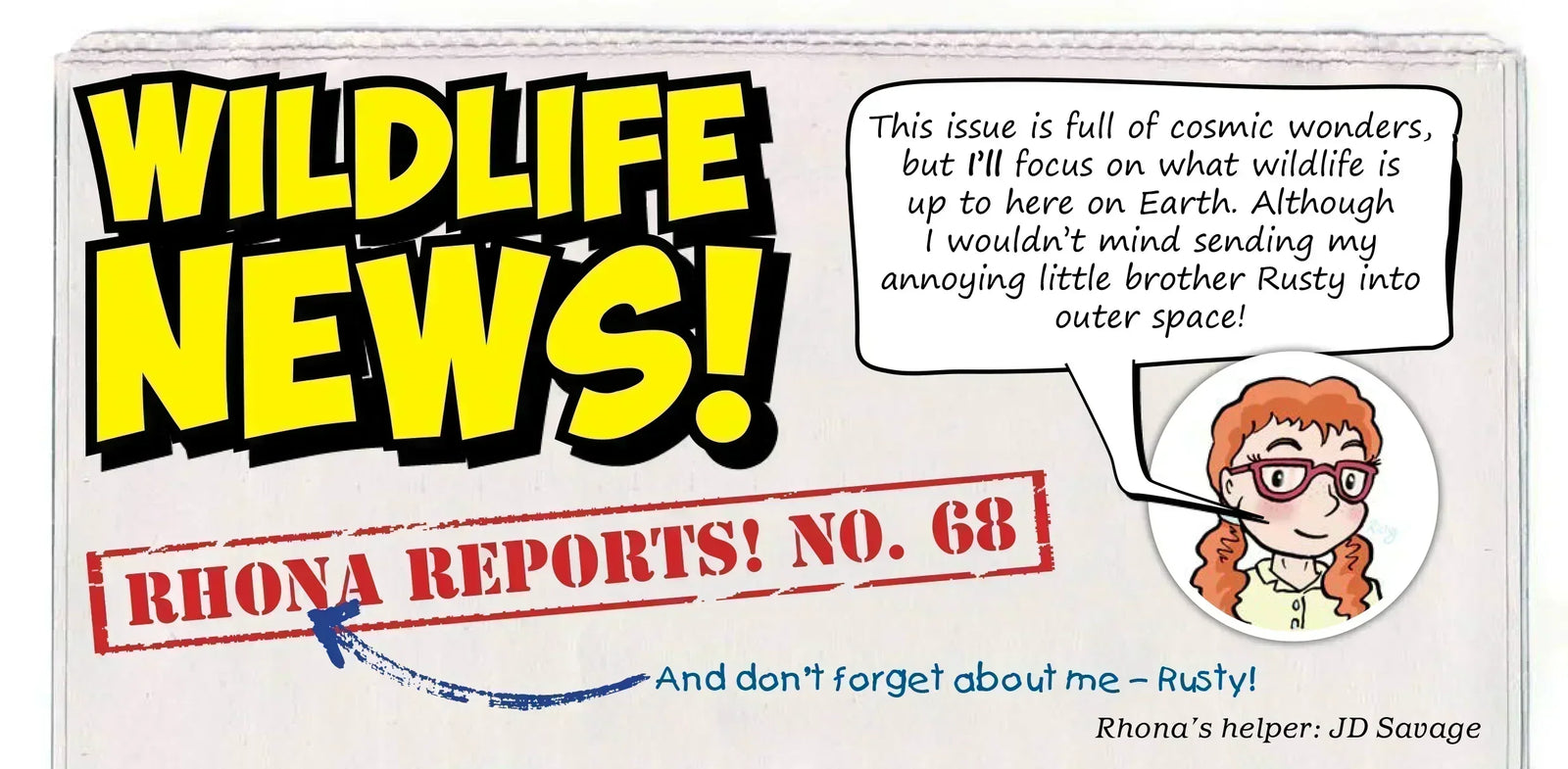Your Cart is Empty
Christmas is coming – get your Eco Kids gifts delivered right on time.
Christmas is coming – get your Eco Kids gifts delivered right on time.
Frogs have permeable skin, which means liquids and gases can pass through it, including water, so they don’t need to drink it. Although this sounds cool, there is a downside to having permeable skin. It puts frogs at great risk of absorbing pollutants that are in the water and air. They can also get easily dehydrated if they’re away from water for too long. So when you’re bathing in the heat in your garden during a warm summer's day, don’t forget about your froggy friends and make some water available.

2. They were valued by Egyptians
 In ancient Egypt the frog was the symbol of life, water, fertility and renewal. In Egyptian mythology, Heqet, the goddess of fertility, often appeared as a woman with the head of a frog. Egyptian women looked to her for protection during pregnancy and childbirth, and wore talismans with her image.
In ancient Egypt the frog was the symbol of life, water, fertility and renewal. In Egyptian mythology, Heqet, the goddess of fertility, often appeared as a woman with the head of a frog. Egyptian women looked to her for protection during pregnancy and childbirth, and wore talismans with her image.
3. Some frogs are transparent
The translucent belly of the glass frog reveals its heart, intestines and liver. The rest of its body is usually bright or olive green and can be covered with black, white, blue or green spots. Residents to Central and Southern America, there are over 60 different species of glass frogs. They spend their whole lives in trees, only coming to the ground to mate. Scientists suggest that their translucent skin is a camouflage technique, helping to prevent predators from spotting them. They can live up to 14 years in the wild.

4. A species of frog breaks its own bones to produce claws
 The Cameroon frog is a bizarre creature. It has cat-like extendable claws that can break its own bones in order to puncture their way out of the frog’s toe pad as a weapon. The frog’s flesh can also heal itself after the talons puncture the skin. Talons that burst from hands and regenerative powers– sounds like Wolverine, don’t you think? Males of the species also produce long hair-like strands of skin and arteries when they breed. These hairs allow them to take in more oxygen through their skin while they take care of their babies.
The Cameroon frog is a bizarre creature. It has cat-like extendable claws that can break its own bones in order to puncture their way out of the frog’s toe pad as a weapon. The frog’s flesh can also heal itself after the talons puncture the skin. Talons that burst from hands and regenerative powers– sounds like Wolverine, don’t you think? Males of the species also produce long hair-like strands of skin and arteries when they breed. These hairs allow them to take in more oxygen through their skin while they take care of their babies.
5. They never stop changing
A frog goes through a tremendous amount of changes from a tadpole to an adult. And just when you think that a frog’s life cycle is complete, it keeps evolving. The tadpole’s horny teeth, once used to tear up plants, disappear and are replaced with tongue muscles to catch insects. The tadpole’s large intestine, important for digesting algae and plants, shrinks to suit the frog’s meaty diet!

Comments will be approved before showing up.
What an incredible fleet of rockets you launched into our inbox this month! Each design showed a different way to turn everyday scraps into something extraordinary. Some rockets looked ready for deep-space exploration, others carried alien crews, and a few were so beautifully decorated they could ha...
Meet the winners of our New Zealand postage stamp competition and explore a gallery of brilliant children’s designs celebrating Aotearoa’s unique wildlife.
Here’s a sneak peek straight from our latest issue of Eco Kids Planet, Wonders Beyond Earth. Wildlife News is where Rhona and Rusty round up the wildest real-world stories from across the planet. Enjoy the read! 🌎 Amazing Photo Entries! The Wildlife Photographer of the Year team gave me a sneak...



